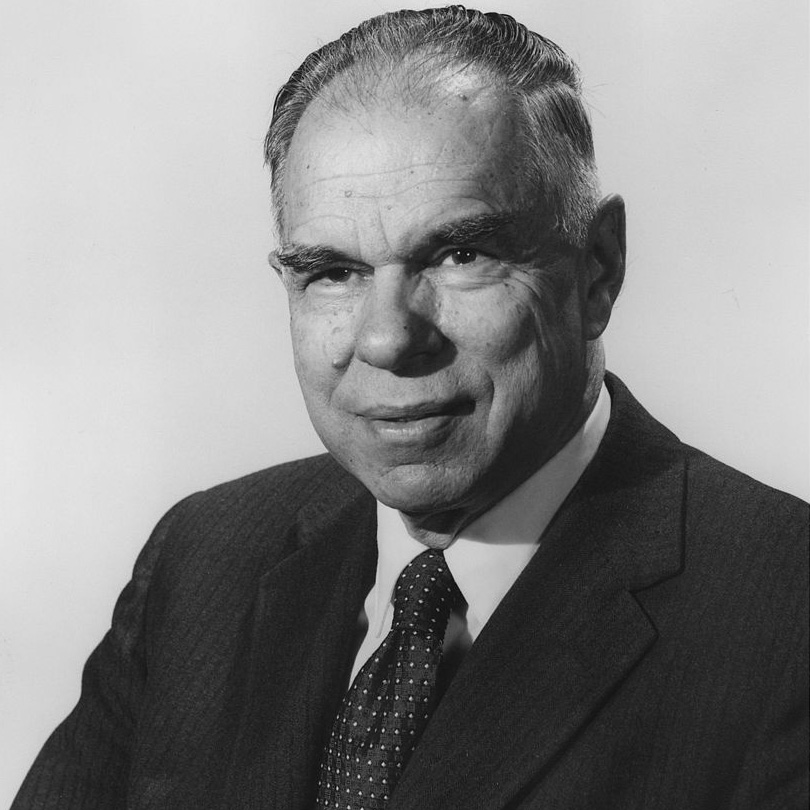Seaborgium
106
Sg
Gruppe
6
Periode
7
Blokk
d
Proton
Elektron
Nøytron
106
106
156
Generelle eigenskapar
Atomnummer
106
Atommasse
[269]
Massetal
262
Kategori
Transisjonsmetall
Farge
i/t
Radioaktiv
Ja
Named after Glenn Seaborg, American nuclear chemist and Nobel prize winner
Krystallstruktur
i/t
Historie
Scientists working at the Joint Institute for Nuclear Research in Dubna, USSR reported their discovery of element 106 in June 1974.
Synthesis was also reported in September 1974 at the Lawrence Berkeley Laboratory by the workers of the Lawrence Berkeley and Livermore Laboratories led by Albert Ghiorso and E. Kenneth Hulet.
It was produced by collisions of californium-249 with oxygen atoms.
Synthesis was also reported in September 1974 at the Lawrence Berkeley Laboratory by the workers of the Lawrence Berkeley and Livermore Laboratories led by Albert Ghiorso and E. Kenneth Hulet.
It was produced by collisions of californium-249 with oxygen atoms.
Elektron per energinivå
2, 8, 18, 32, 32, 12, 2
Elektronkonfigurasjon
[Rn] 5f14 6d4 7s2
There are 12 known isotopes of seaborgium
Fysiske eigenskapar
Tilstandsform
Fast stoff
Tettleik
35 g/cm3
Smeltepunkt
-
Kokepunkt
-
Smeltevarme
i/t kJ/mol
Fordampingsvarme
i/t kJ/mol
Spesifikk varmekapasitet
- J/g·K
Førekomst i jordskorpa
i/t
Førekomst i universet
i/t

Biletkreditering: Wikimedia Commons (Atomic Energy Commission)
The element is named after Glenn T. Seaborg, atomic pioneer and Commissioner of the Atomic Energy Commission
CAS-nummer
54038-81-2
PubChem CID-nummer
i/t
Atom eigenskapar
Atomradius
-
Kovalent radius
143 pm
Elektronegativitet
-
Ioniseringspotensial
-
Molart volum
-
Termisk konduktivitet
-
Oksidasjonstrinn
6
Bruksområde
Seaborgium is used for scientific research purposes only.
Seaborgium is harmful due to its radioactivity
Isotopar
Stabile isotopar
-Ustabile isotopar
258Sg, 259Sg, 260Sg, 261Sg, 262Sg, 263Sg, 264Sg, 265Sg, 266Sg, 267Sg, 268Sg, 269Sg, 270Sg, 271Sg, 272Sg, 273Sg